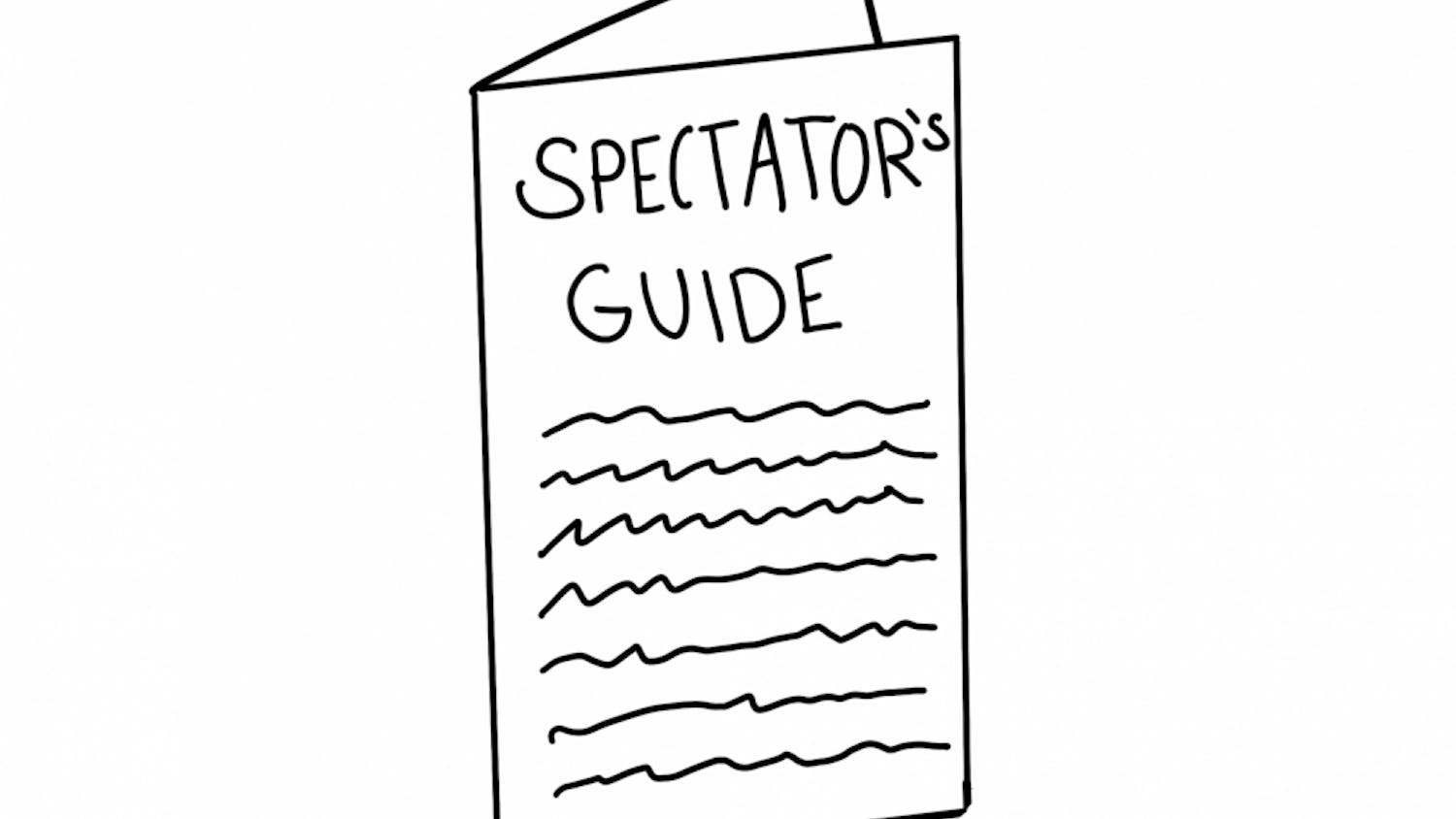In J-Term of 2017, Thor Sawin swiped his ID card to get into a Middlebury College building for the first time. Sawin, an associate professor at MIIS, was teaching a winter term course in linguistics, and had a moment of realization when he first set foot on the Vermont campus.
“I'm like, ‘Oh yeah, I'm home,’” Sawin said. “I didn't even need to do anything special. I can check out a book out of the library with the ID card that I already had. It works in both places.”
Sawin, who also serves as the current president of the Faculty Senate at MIIS, understands that faculty at the college might not know just how intertwined the two schools are. He had been previously asked by college faculty who his provost was (Jeff Cason, just like the college) and who his president was — to which he replied, of course, “Laurie Patton.”
Financial fears about MIIS and its purported drain on the college aren’t the only barriers to total cohesion between the two institutions. Some college faculty still believe that MIIS simply doesn’t offer anything to the undergraduate liberal arts experience that Middleury provides, while others suggest that a failure of communication has left college faculty in the dark about MIIS’ efforts and values. And for some, a belief that MIIS is a fundamentally independent institution colors these sentiments.
“It's just not Middlebury. It's not Middlebury College to me,” Frank Swenton told The Campus.
From an administrative perspective, that simply isn’t true.
“Monterey employees are Middlebury College employees. These folks are part of the family. They do fantastic work for the College and for Big M,” Provost said, using the term for the whole Middlebury institution, which includes the college, institute, schools abroad, Bread Loaf School of English and more. He also noted that Middlebury’s effort throughout the pandemic to provide wage continuity for employees and educational continuity for students applies unquestionably to all units, including the college and the institute.
However, for Monterey faculty and staff, a division between the institutions described by some college faculty isn’t just less visible — it’s impossible.
“Here in California, we can't help but be constantly thinking about Vermont. Everything that happens in Vermont totally affects our life.” Sawin said, noting that many decisions at MIIS can't be made "without thinking about Vermont first," but that college faculty aren't always obligated to think first of their California counterparts.
Word traveled in pieces to MIIS after Middlebury’s faculty voted 122 for and 133 against ending the college’s relationship with the institute. Even though the motion lost, a nearly-split vote was a blow to morale at the institute, according to Sawin.
“It was a depressing feeling around here,” Sawin said. The vote was especially disheartening in light of herculean efforts taken by institute faculty over the last several years to fit themselves into Middlebury by streamlining work, adjusting their jobs and cutting costs. MIIS reduced its full-time faculty from 84 to 71, 11 of them through a workforce planning process, last year, and the institute’s programs are currently well-enrolled despite an expected hit because of pandemic. However, Sawin said, the college’s faculty didn’t seem to be recognizing these painful belt-tightening measures and intense enrollment efforts.
In reflecting on the climate at Middlebury that led to the vote, Sawin noted, “Either [college faculty] don’t know what we do, and we haven’t done a good job of telling our story,” Sawin said. “Or what if they know our story and they still think that what we do is not valuable?”
Swenton’s proposition to move some current MIIS programs to the Vermont campus rather than eliminating them was met with mixed feelings. Sawin emphasized that while some faculty would be happy to do their job anywhere, many have a deep sense of pride about being Californians, and connect their academic work to the state and local environment. Sawin cited the institute’s close relationship to Silicon Valley, connections to Asia and the Pacific and research on oceans as some of the ways that the California location is integral to the work of its faculty.
“We’re glad that you like us, and we get that ending our campus doesn’t mean you want to fire us and throw us into the street,” Sawin said. “But California is a big part of what we do, and what we are.”
Swenton likens MIIS to an office of a company being moved, or employees being transferred to a different branch, and he says that expecting individuals to move for a job is “legitimate and not unexpected”.
“I don't think it's an unreasonable ask,” he added.
While moving operations to the Vermont campus may be plausible — if not academically practical — for the institute’s faculty, this strategy doesn’t present a contingency plan for staff in California, who would likely lose their jobs were the campus to be dissolved and its programs transplanted.
Swenton acknowledges that job loss would likely occur, but says that this fact does not excuse the expenditures of maintaining MIIS. In his view, Middlebury bailing out a bankrupt Monterey on accreditation probation 15 years ago has already been a service to the employees of MIIS, but the college is not obligated to maintain that employment in perpetuity. “Would I say that for sure every single person who is used is working there, every single staff member and faculty member, would be moved over? I don't know, maybe that's part of the reason for the resistance,” Swenton said.
From an administrative perspective, moving Monterey’s programs to Vermont isn’t on the table — in addition to the benefits of having a West Coast presence, David Provost says that the presence of 600 graduate students alone would be unsustainable for Addison County.
“There isn’t housing stock in Addison Country to support 600 new individuals living here,” Provost said, noting that their existence would require massive new development. “Where would we put them? Where would they learn?”
In addition to unrealistic infrastructure investments, Provost also noted that, without a doubt the closure of the Monterey campus would result in job losses for staff. He said that while he believes the college would hypothetically offer new jobs at the college to those staff first, asking those individuals to transplant from Northern California to the drastically different central Vermont would be logistically difficult for both those staff and the college and would lead to the widespread layoffs that the college has tried to avoid.
Correction: An earlier version of this piece identified the wrong number of faculty who left MIIS through the workforce planning process. It was 11, not 13.

Riley Board '22 is the Editor in Chief of The Campus. She previously served as a Managing Editor, News Editor, Arts & Academics Editor and writer.
She is majoring in Linguistics as an Independent Scholar and is an English minor on the Creative Writing Track.
Board has worked as a writer at Smithsonian Folklife Magazine and as a reporter for The Burlington Free Press. Currently, she is a 2021-2022 Kellogg Fellow working on her linguistics thesis. In her free time, you can find her roller skating in E-Lot or watching the same sitcoms over and over again.

Jake Gaughan is an Editor at Large.
He previously served as an Opinion Editor and News Editor.




